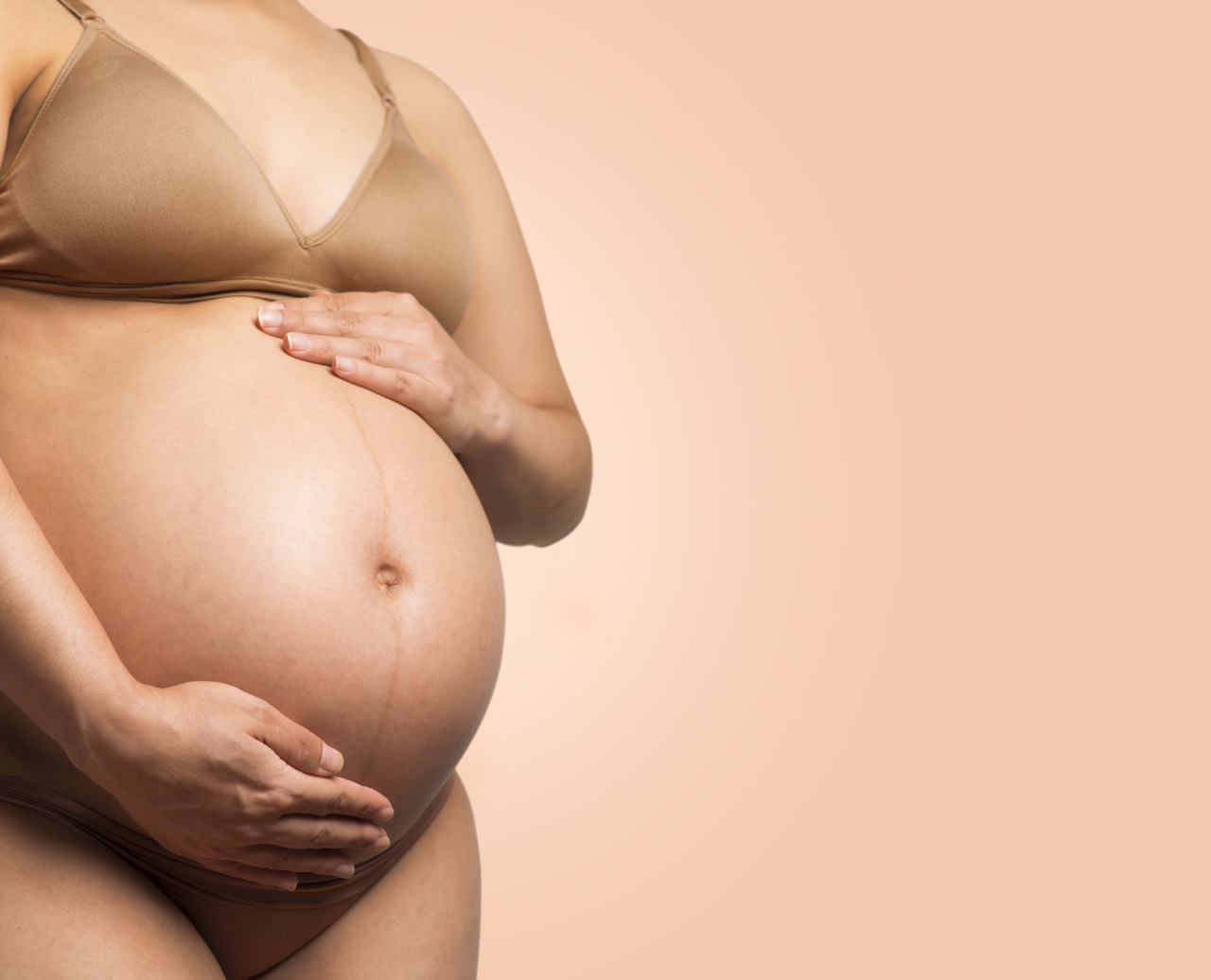Pregnancy is a remarkable journey that brings about numerous physical, hormonal, and emotional changes in a woman’s body. These changes occur in distinct stages called trimesters, each of which lasts for approximately three months.
In this comprehensive overview, we will delve into each pregnancy trimester and explore the body changes that accompany them.
First Trimester
The first trimester spans from week 1 to week 12. During this period, a woman may experience various body changes as her body adapts to the growing pregnancy. Some common physical changes include:.
Larger and more tender breasts.
Morning sickness and nausea.
Increased urination frequency.
Fatigue and exhaustion.
Emotionally, a woman may also experience mood swings and heightened emotions during this trimester.
Second Trimester
The second trimester begins at week 13 and continues through week 27. This is often referred to as the “honeymoon phase” of pregnancy as many women find this trimester to be the most enjoyable.
Some notable body changes that occur during the second trimester include:.
Growth of the baby bump and a visible pregnancy.
Reduced morning sickness and increased energy levels.
Appearance of stretch marks around the abdomen, breasts, and thighs.
Darkening of the skin in certain areas, such as the areolas and the linea nigra.
Increased vaginal discharge due to hormonal changes.
Women often experience a surge in energy and feel more emotionally stable during the second trimester.
Third Trimester
The third trimester begins at week 28 and continues until childbirth. In this final stretch of pregnancy, the body undergoes significant changes to prepare for labor and delivery. Some key body changes in the third trimester include:.
Further growth of the baby bump and increased weight gain.
Backaches and pelvic pain due to the added weight and strain on the body.
Swelling in the legs, feet, and hands as fluid retention increases.
Heartburn and shortness of breath as the uterus expands, putting pressure on the diaphragm.
Braxton Hicks contractions, which are sporadic and mild contractions that prepare the body for labor.
Emotionally, a woman may experience a mix of excitement, anticipation, and anxiety as she nears the end of her pregnancy journey.
Physical and Hormonal Changes
Throughout all three trimesters, the body goes through an array of physical and hormonal changes. These changes are crucial for supporting the growing fetus and preparing for childbirth.
Physical changes include:.
Increased blood volume to support the fetus.
Expansion of the uterus to accommodate the growing baby.
Development of the placenta, a vital organ that nourishes the fetus.
Changes in the breasts to prepare for breastfeeding.
Hormonal changes include:.
Increased levels of progesterone and estrogen to maintain the pregnancy.
Production of human chorionic gonadotropin (hCG), which is responsible for detecting pregnancy in tests.
Release of relaxin, a hormone that loosens ligaments and joints to prepare for labor.
Elevated levels of oxytocin, often referred to as the “love hormone,” which helps with bonding and contractions.
Emotional Changes
Pregnancy is not only a physical process but also an emotional one. The hormonal changes during pregnancy can affect a woman’s mood and emotions, leading to a range of emotional changes throughout the trimesters.
During the first trimester, a woman may experience heightened emotions, mood swings, and even feelings of anxiety or fear due to the uncertainty and hormonal fluctuations.
As the pregnancy progresses into the second trimester, many women report feeling more emotionally stable and positive, often experiencing a newfound sense of confidence and happiness.
In the third trimester, emotions may intensify as the anticipation and excitement of meeting the baby mix with the physical discomfort and fatigue.
It is common for pregnant women to feel a wide range of emotions, including joy, impatience, worry, and even occasional bouts of sadness.
Conclusion
Pregnancy is a transformative period in a woman’s life, marked by significant physical, hormonal, and emotional changes.
Understanding these changes during each trimester can help expectant mothers navigate the pregnancy journey with more knowledge and confidence. From the physical growth of the baby bump to the fluctuating hormones and evolving emotions, pregnancy is a unique and awe-inspiring experience that brings about remarkable transformations.




























